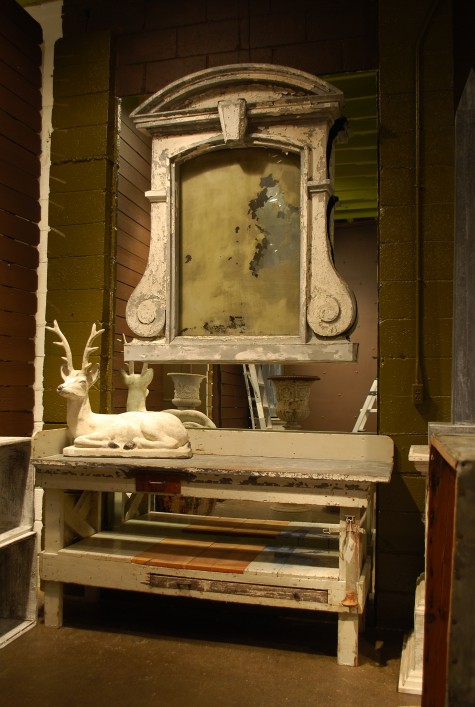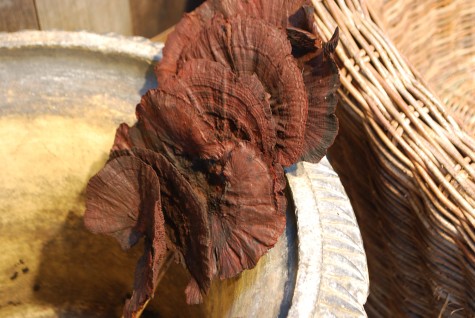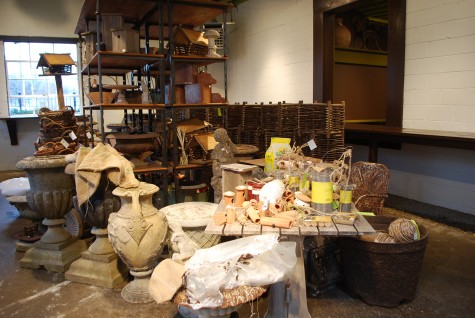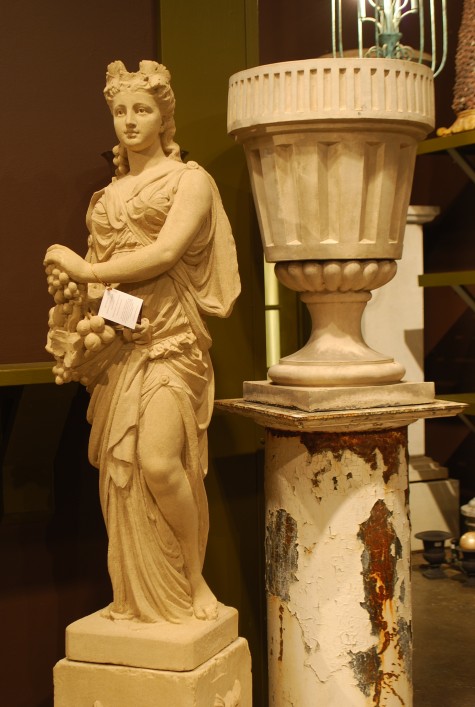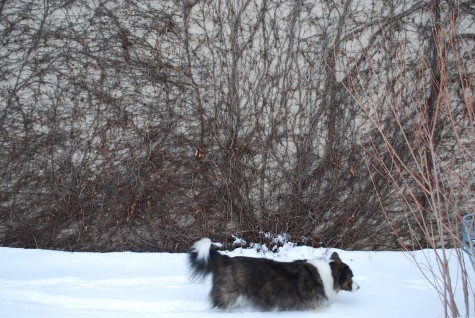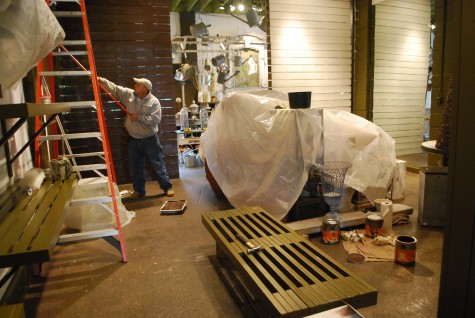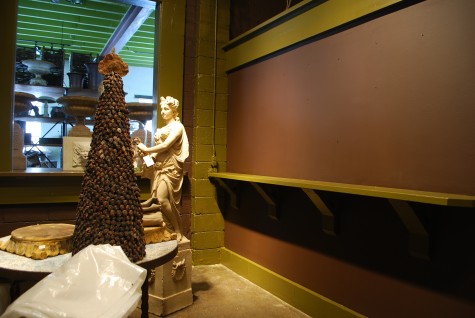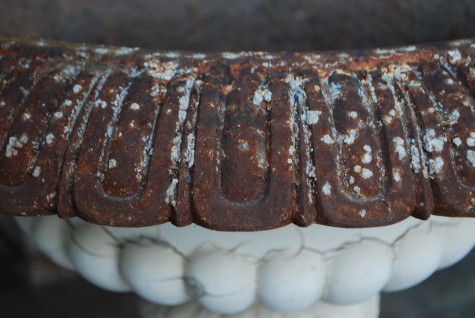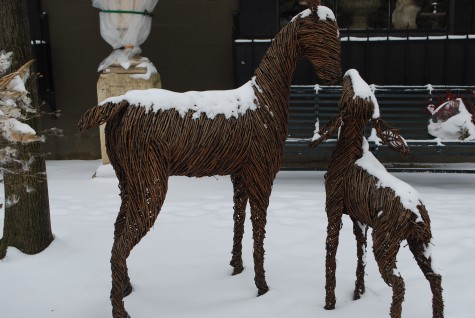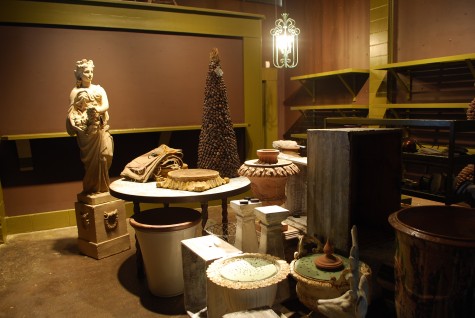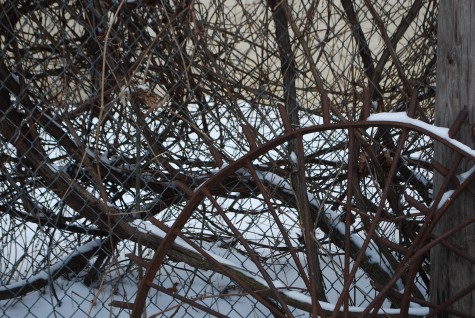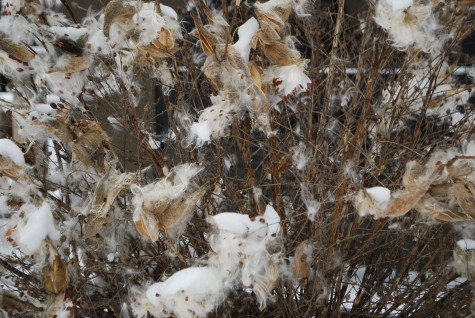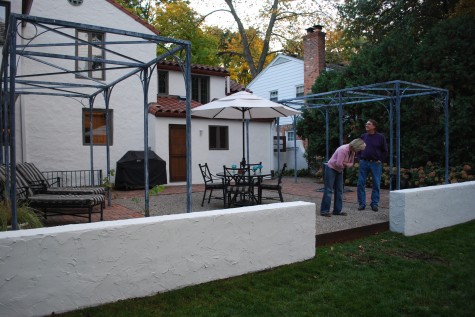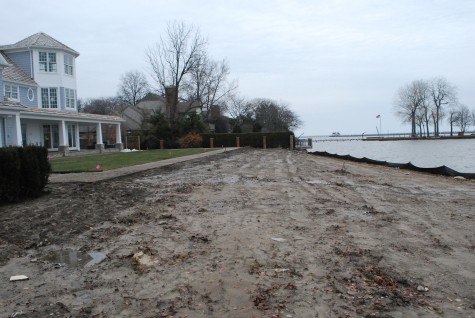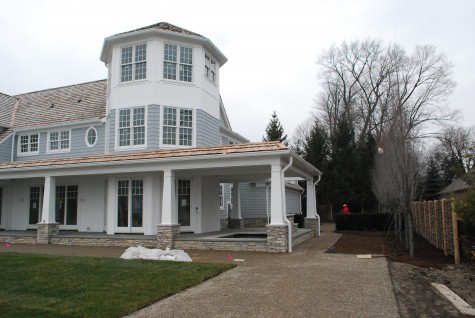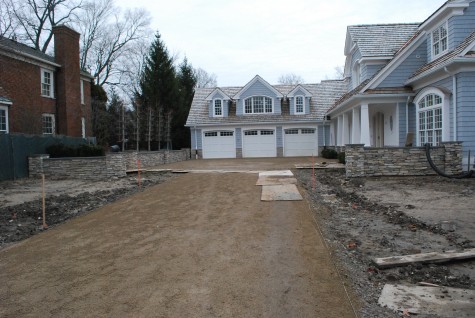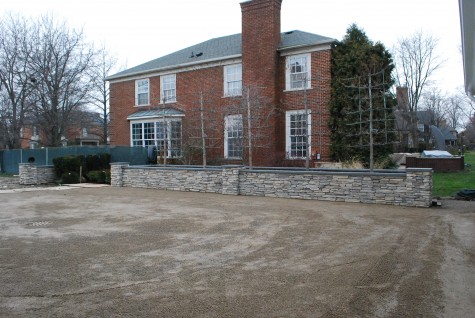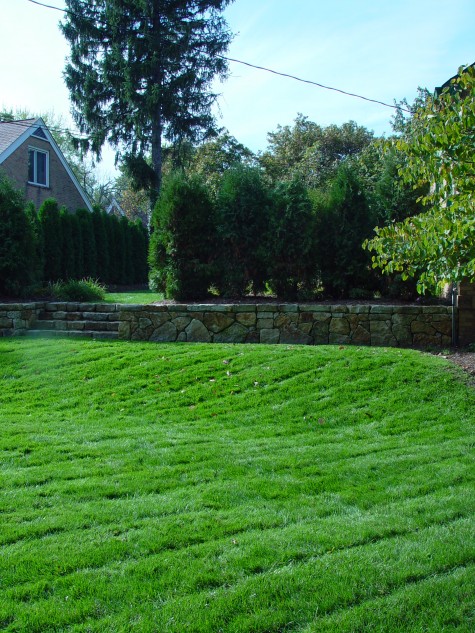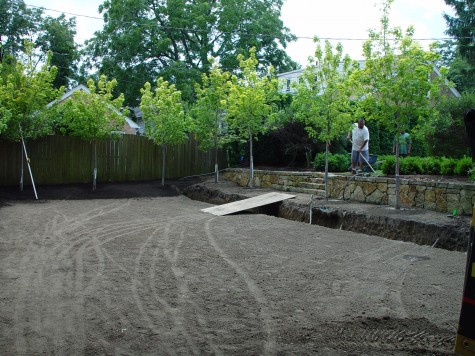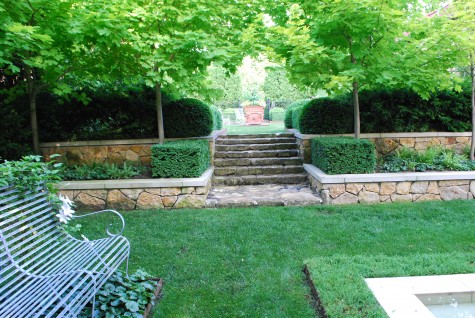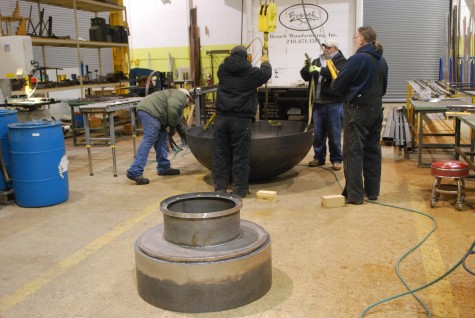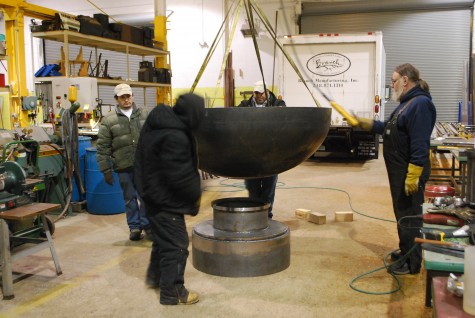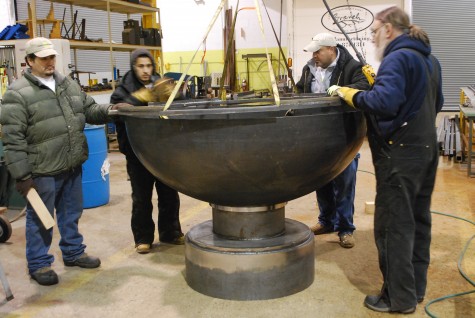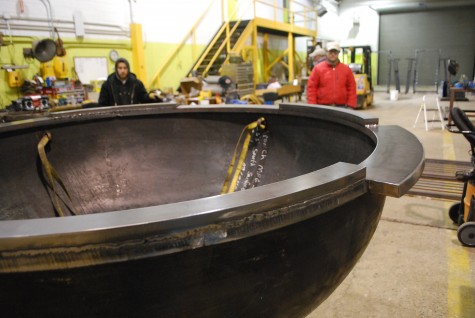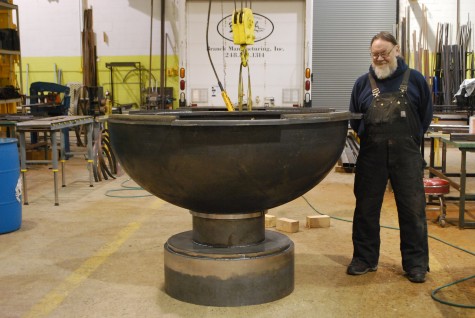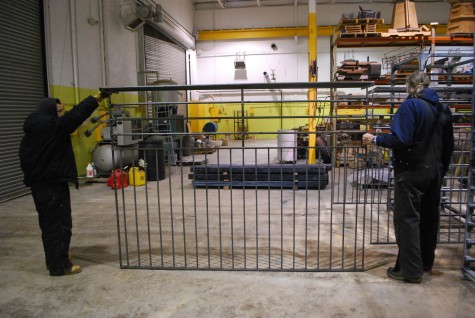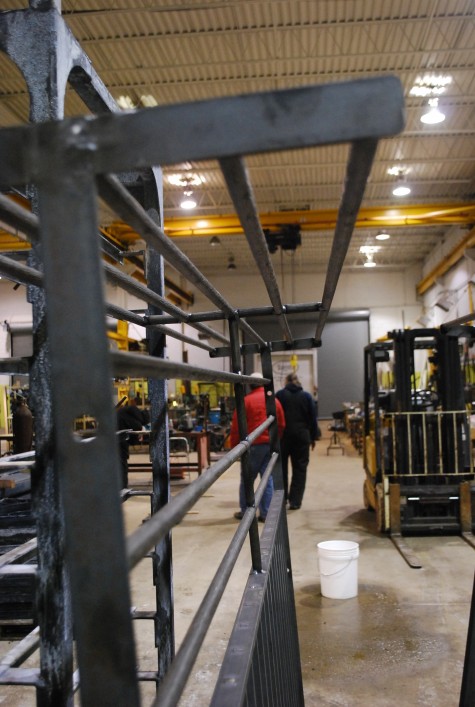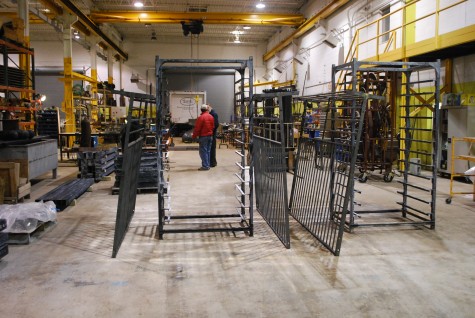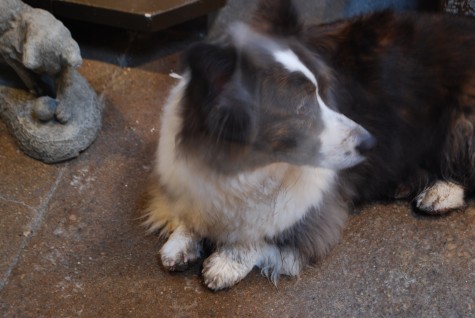 It is a much easier job to keep Milo clean than the shop. Once he dries, the dirt falls off. Once a month, he gets the works from Lexi from the Aussie Pet Mobile. The shop, however, is 10,000 square feet that is likely to get very dirty-daunting, this. My work life grew out of a love for dirt. The soil that comprises the earth beneath my feet-life giving. The dirt that goes into any container sustains all manner of visual dialogue. Who was it that said dirt is soil in the wrong place? Though we spend lots of time sweeping, vacuuming and dusting, the end of a season means some part of a season’s worth of dirt has accumulated.
It is a much easier job to keep Milo clean than the shop. Once he dries, the dirt falls off. Once a month, he gets the works from Lexi from the Aussie Pet Mobile. The shop, however, is 10,000 square feet that is likely to get very dirty-daunting, this. My work life grew out of a love for dirt. The soil that comprises the earth beneath my feet-life giving. The dirt that goes into any container sustains all manner of visual dialogue. Who was it that said dirt is soil in the wrong place? Though we spend lots of time sweeping, vacuuming and dusting, the end of a season means some part of a season’s worth of dirt has accumulated.
We close (but are open every day by chance or appointment) from January 15 until March 1st. We move every object we own out of the way, in order to thoroughly clean the shop. Once we have vacuumed and dusted and wiped every surface clean, we repaint. Though we are about to enter our 16th year in business, there is nothing about Detroit Garden Works 2012 season opening that will prove dusty or thoughtless. Just like every other new season, we will be ready and fresh. My shop spring cleaning takes from mid-January until mid-February. In the same spirit as we imagine, acquire and assemble a new collection, we sweep out all of the dirt. The fresh paint is a given. How we choose to redecorate the six rooms of display space has everything to do with the spring collection on the way.
That chocolate color that reminds me of the darkest and richest compost-it was on my mind. These bracket fungus engage my interest in beautifully natural textures, and my enchantment with that color I call dirt. That dark dirt color seems just right.
I will admit I own a fleet of ladders. They enable me to clean and redo, to look at what I have done before from a different perspective. I have been up and down the ladders for a week now. I will admit committing to the intensity and saturation of this deep chocolate worried me some. But I am more than pleased with how it is shaping up.
We have no end of antiques and great vintage ornament. Great contemporary ornament. We manufacture our own garden ornament, and represent many other fine makers. I so enjoy this yearly ritual by which we integrate our existing garden ornament with all that comes new. Each season has its own distinctive flavor and emphasis.
I do have pictures of most everything on the way, whether it is coming from France, Belgium or Biloxi. But photographs are a representation, not the real thing. Everything that Rob has ordered will need an introduction to the shop. Taking the time to completely redo every space is a considerable and satisfying undertaking. Rob has spent over 2 of the past 16 years travelling and buying objects for gardens. The presentation of that work of his takes time.
We have a pair of containers from France due in a few days. How long they will take to clear customs is anyone’s guess. But that process will buy us a little more time to get ready. 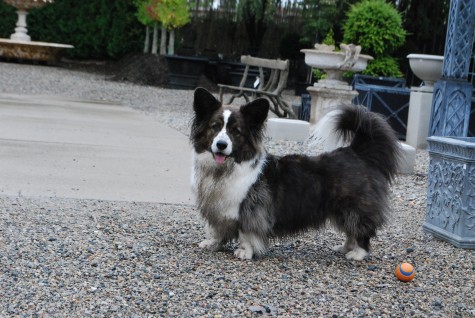
I should have named him Hoover, considering all the dirt he manages to pick up. Hopefully we’ll make quick work of the shop dirt, and move on to making the shop an experience we’ve not yet had.

The shop front spring will not look like it did here in 2010. Something new and fresh will be coming from that dirt.
